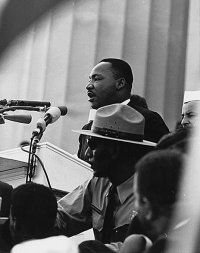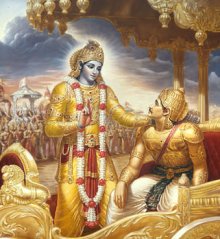Over the past week, Seattle’s recent “jaywalking rumble” has gained worldwide interest. It has provoked a spirited debate, among martial artists and the public at large, over the limits of reasonable force. Some believe that the police officer’s punch was brutally excessive, and that some form of joint lock would have been more appropriate. The following article expresses my dissenting view.
Introduction
In the martial arts, a “joint lock” is a technique that targets a joint in an opponent’s body, holding it near or outside its normal range of motion. The purpose of a joint lock is not to inflict harm, but to issue a credible threat of harm. The recipient of a joint lock is expected to submit: to move, or to stop moving, as directed by the applicant.
Locking techniques exist for nearly every joint in the human body. Depending on the technique selected, the recipient may or may not be physically immobilized (“locked”) upon application. The recipient may or may not experience significant pain, as a signal to comply, before the onset of bone or soft tissue damage.
Joint locks can be applied in the context of combat sport, law enforcement, or self-defense. The use of joint locks is usually restricted in fighting competitions, due to the high risk of injury.
Joint Locks for Pain Compliance and Restraint
The use of the joint lock as a “nonviolent” coercion method–and an alternative to striking–is complicated by a number of factors.


